In carbon fiber manufacturing, curing is very important. It affects how good and strong the product will be. There are two main ways to cure: autoclave curing and out-of-autoclave (OOA) curing. Autoclave curing is very accurate but costs a lot. It also needs special machines. OOA curing is becoming more popular in carbon fiber manufacturing because it saves money and works well. This change shows how companies want to spend less and make curing easier while keeping good quality.
Key Takeaways
-
Curing is important in making carbon fiber. It makes materials stronger and gives them their final shape.
-
Out-of-autoclave (OOA) curing is becoming more common. It costs less and uses less energy, helping smaller businesses.
-
Autoclave curing is very accurate but expensive. It needs special machines and a lot of energy, so not everyone can use it.
-
Being eco-friendly is a big goal. Companies are cutting waste and energy use to save money and help the planet.
-
By 2025, curing methods will get better. New ideas will make carbon fiber stronger and easier to produce.
Overview of Carbon Fiber Manufacturing and Curing
What is Carbon Fiber Curing?
Carbon fiber curing makes raw materials strong and long-lasting. Heat and pressure are used to harden the resin. This resin holds the fibers together tightly. Curing gives the material its final shape and strength. Without curing, the product might not be strong or reliable.
The curing process depends on several key factors:
-
Out time: How long the material stays usable before curing.
-
Ramp rate: How fast the temperature rises during curing.
-
Pressure: Helps the resin stick evenly to the fibers.
By controlling these steps, strong and high-quality carbon fiber parts are made.
Why Curing Methods Are Critical in Carbon Fiber Manufacturing
Curing methods are important because they affect product quality. Mistakes during curing can cause permanent defects. For example, wrong temperature or pressure can create weak spots. These weak spots make the material less strong.
Curing also affects production cost and efficiency. Autoclave curing uses high heat and pressure for precise results. But it needs expensive machines and lots of energy. Out-of-autoclave (OOA) curing is cheaper and works well without big machines.
Studies show controlling temperature and pressure prevents defects. This makes the material stronger and more durable. Picking the right curing method and following the process carefully leads to the best results.
Autoclave Curing in Carbon Fiber Manufacturing
How Autoclave Curing Works
Autoclave curing is a careful process to make strong parts. First, materials are prepared. Carbon fiber products are bagged with extra layers like release agents and breathable sheets. These help spread the vacuum evenly. The layers are placed on molds and sealed in vacuum bags. Air is removed so the resin spreads smoothly during curing.
The autoclave uses heat and pressure to cure the parts. It works under 1.6 MPa pressure and heats up to 250°C. Sensors check the temperature to avoid mistakes. After curing, parts must cool below 50°C before removal. This step stops cracks or bending.
|
Step |
Description |
|---|---|
|
Curing Preparation |
Bagging carbon fiber and adding helpful layers. |
|
Curing Process |
Sealing in vacuum bags and removing air for smooth resin flow. |
|
Pressure and Temperature |
Using pressure (<1.6 MPa) and heat (up to 250°C) with sensors. |
|
Demolding |
Taking out parts after cooling to prevent damage. |
Benefits of Autoclave Curing
Autoclave curing is very accurate. It spreads resin evenly and removes air bubbles. This makes parts strong and long-lasting. It’s great for industries like aerospace and cars where quality matters. Controlling heat and pressure lowers the chance of mistakes. This saves time and money over time.
Limitations of Autoclave Curing
Autoclave curing has some downsides. The machines cost a lot, so small companies can’t afford them. They also use a lot of energy, which raises costs. Because of this, many companies try cheaper methods like out-of-autoclave curing.
-
Expensive machines are needed.
-
High energy use increases costs.
-
Smaller companies may not use it due to high expenses.
Out-of-Autoclave (OOA) Curing in Carbon Fiber Manufacturing
How OOA Curing Works
OOA curing skips using costly autoclaves but still works well. First, carbon fiber materials are put into vacuum bags. These bags are sealed to remove air and create a vacuum. Heat and pressure cure the materials, but ovens or simple tools are used instead of autoclaves.
Keeping air out is very important in this process. Trapped air can cause tiny holes, making the product weaker. Scientists, like those at the University of Delaware, study how air, resin, and fibers work together. Their research helps make products with less than 1% air holes, which is crucial for industries like aerospace.
Benefits of OOA Curing
OOA curing has many good points. It costs less because autoclaves aren’t needed. This makes it great for smaller companies or those saving money. It also uses less energy, which is better for the environment. Even with simpler tools, OOA curing can make parts as strong as autoclave-made ones.
This method is very useful in fields like aerospace, where strength matters a lot. The U.S. Air Force supports OOA prepregs for faster, cheaper production. Using OOA curing, you can get strong results without spending too much.
Limitations of OOA Curing
OOA curing has some problems too. Managing air and bubbles is a big challenge. If not done right, these can cause weak spots in the product. Another issue is understanding how air, resin, and fibers mix during curing. Without this knowledge, it’s harder to get good results every time.
|
Challenge/Limitations |
Description |
|---|---|
|
Air and Bubble Management |
Trapped air can weaken the final product. |
|
Understanding Interactions |
Limited knowledge makes consistent results harder to achieve. |
|
Variability in Prepregs |
Different materials make it tough to qualify new ones. |
Even with these issues, new research and better tools are improving OOA curing. This makes it a strong option for carbon fiber manufacturing.
Trends in Carbon Fiber Manufacturing for 2025
More Companies Using OOA Curing
In 2025, more companies will use out-of-autoclave (OOA) curing. This method is cheaper than autoclave curing and skips costly machines. Smaller manufacturers can now afford to make high-quality products. OOA curing also uses less energy, helping the environment.
Industries like aerospace already benefit from OOA curing. For example, the U.S. Air Force uses OOA prepregs to save money and keep quality high. Better research on resin and fiber mixing will make OOA curing even more dependable. This trend shows a move toward saving money and protecting the planet without losing quality.
New Improvements in Autoclave Technology
Autoclave technology is getting better to meet today’s needs. New ideas focus on making products faster and stronger. For example:
-
Finding key steps in curing improves how parts stick together.
-
Measuring water angles helps check product quality more easily.
New methods, like in-situ molding, allow parts to be shaped online without extra steps. This saves time and boosts production speed. Also, new designs for airplane wings and honeycomb rudders are being created to expand autoclave uses.
|
New Technology |
What It Does |
|---|---|
|
In-situ molding |
Shapes parts online without extra steps, speeding up production. |
|
New wing and rudder designs |
Creates stronger airplane parts using advanced autoclave methods. |
Thermoplastic composites now perform at 80% of autoclave standards but can improve. These updates keep autoclave curing competitive in carbon fiber manufacturing.
Focus on Sustainability and Saving Money
Sustainability and saving money are big goals for curing methods. Companies are cutting waste and energy use while lowering costs. For example:
-
Guardian Automotive recycled 13,000 tons of waste, saving $360,000.
-
Advanced Composite Structures reduced costs by 65% with better processes.
These examples show how saving resources also saves money. Companies now measure success by waste reduction and energy savings. By going green, businesses can help the planet and save money, ensuring future success in carbon fiber manufacturing.
Both autoclave and OOA curing are important for carbon fiber. Autoclave curing is precise, while OOA curing saves money. These methods use heat and pressure to make strong materials. They turn raw materials into tough composites by starting chemical reactions.
The North America Carbon Fiber Composite Market will grow a lot by 2025. Pan-based Carbon Type will lead, and the Composite segment will grow fast.
The industry is moving toward low-temperature and in-situ molding methods. By 2025, there will be a mix of OOA curing and better autoclave technology. This change is driven by saving resources and new ideas.



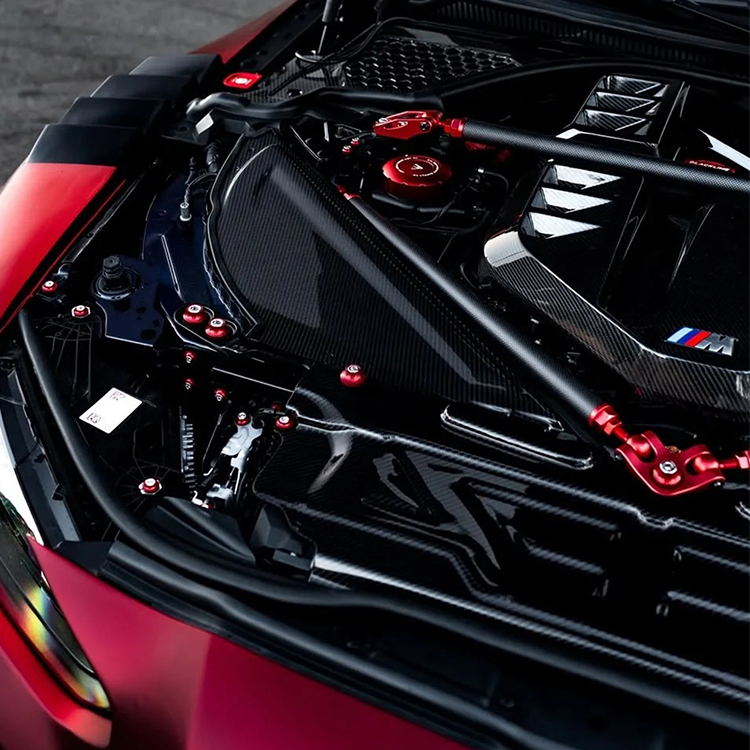
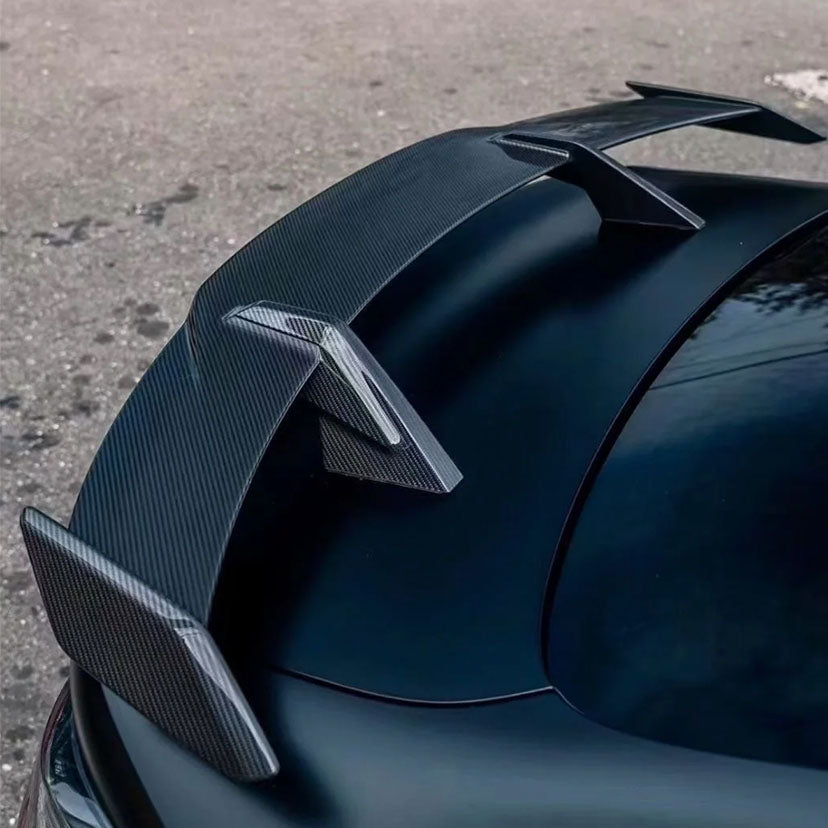
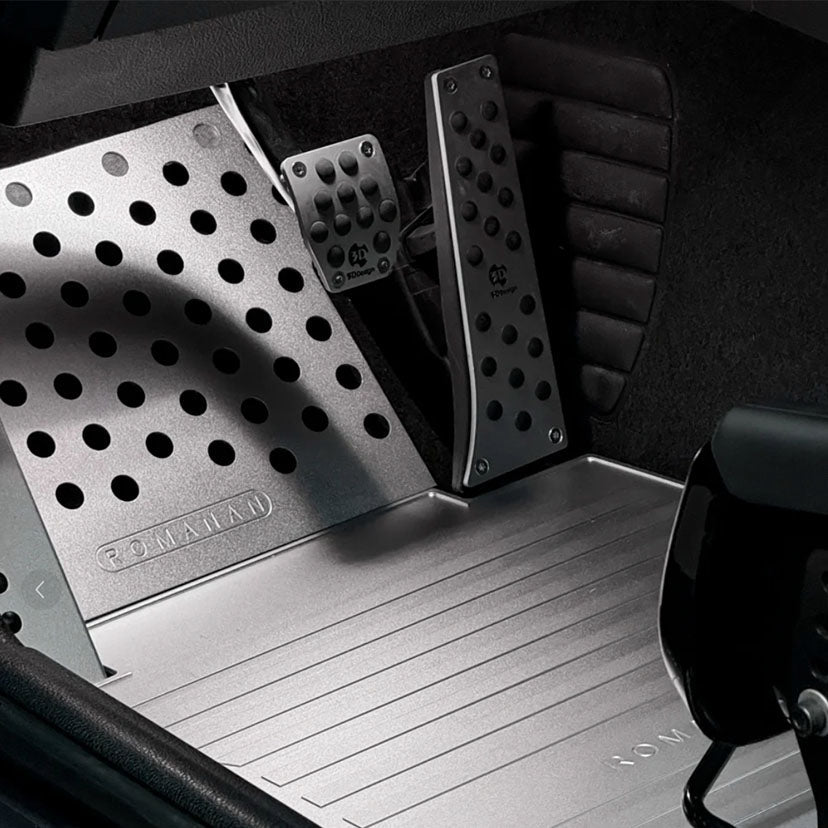
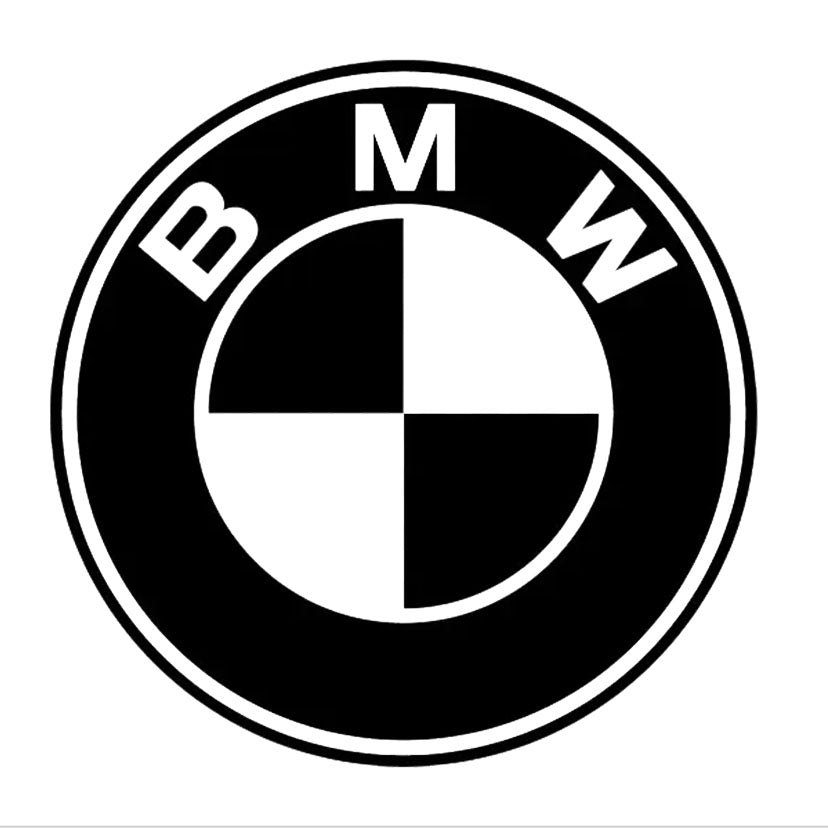
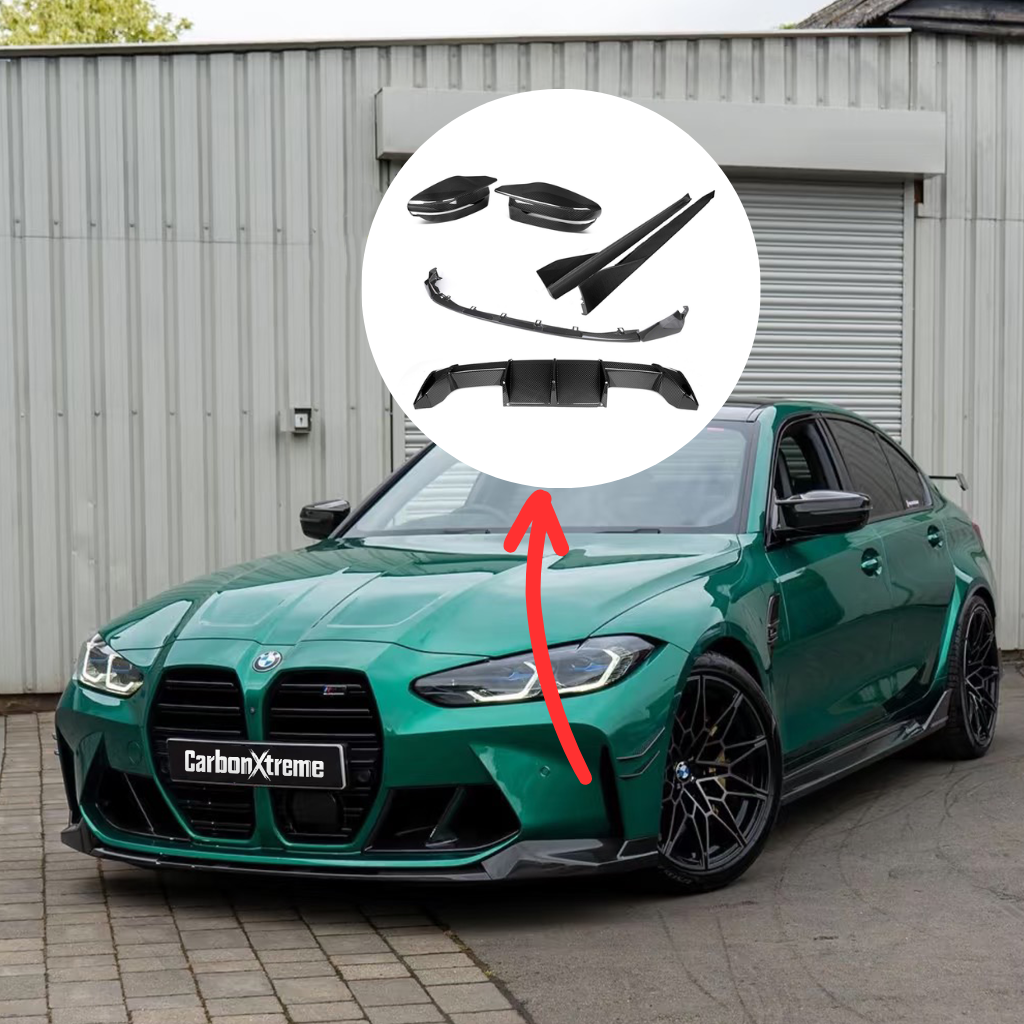
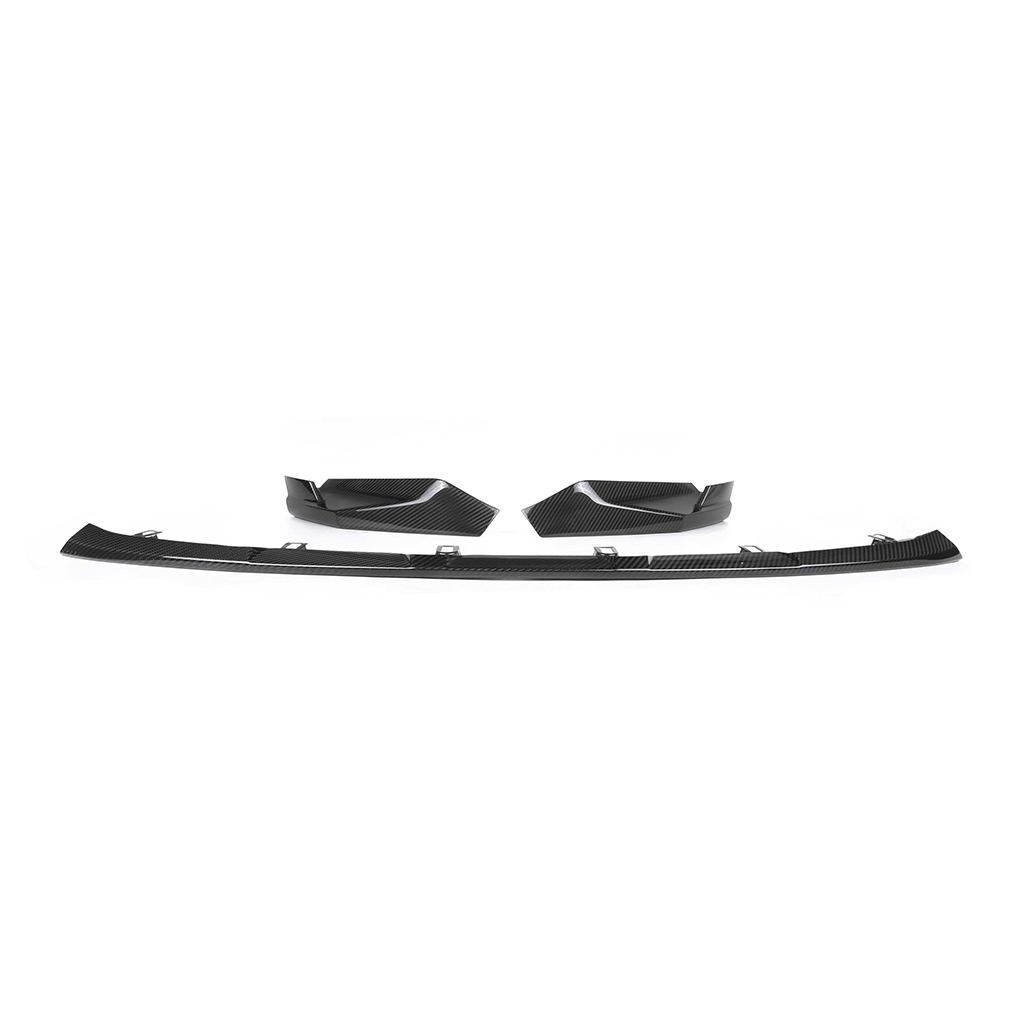
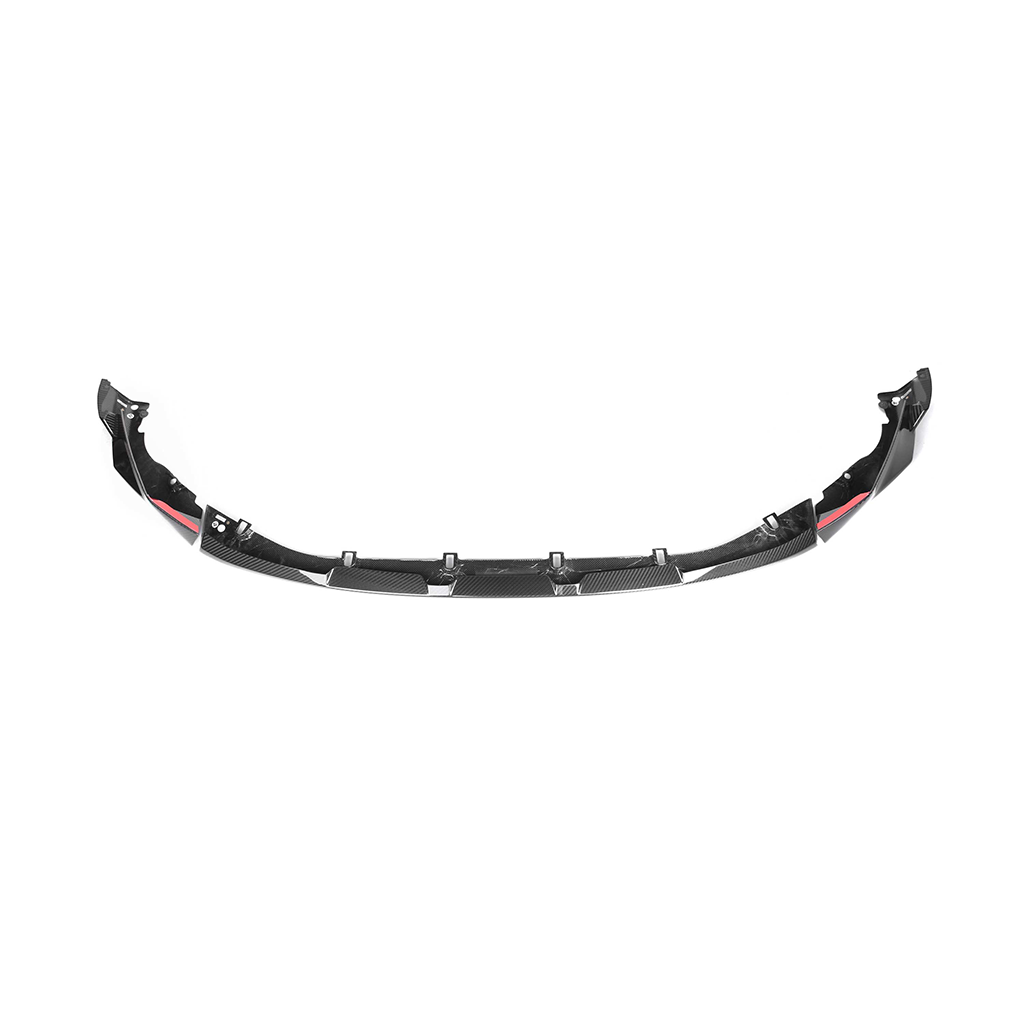
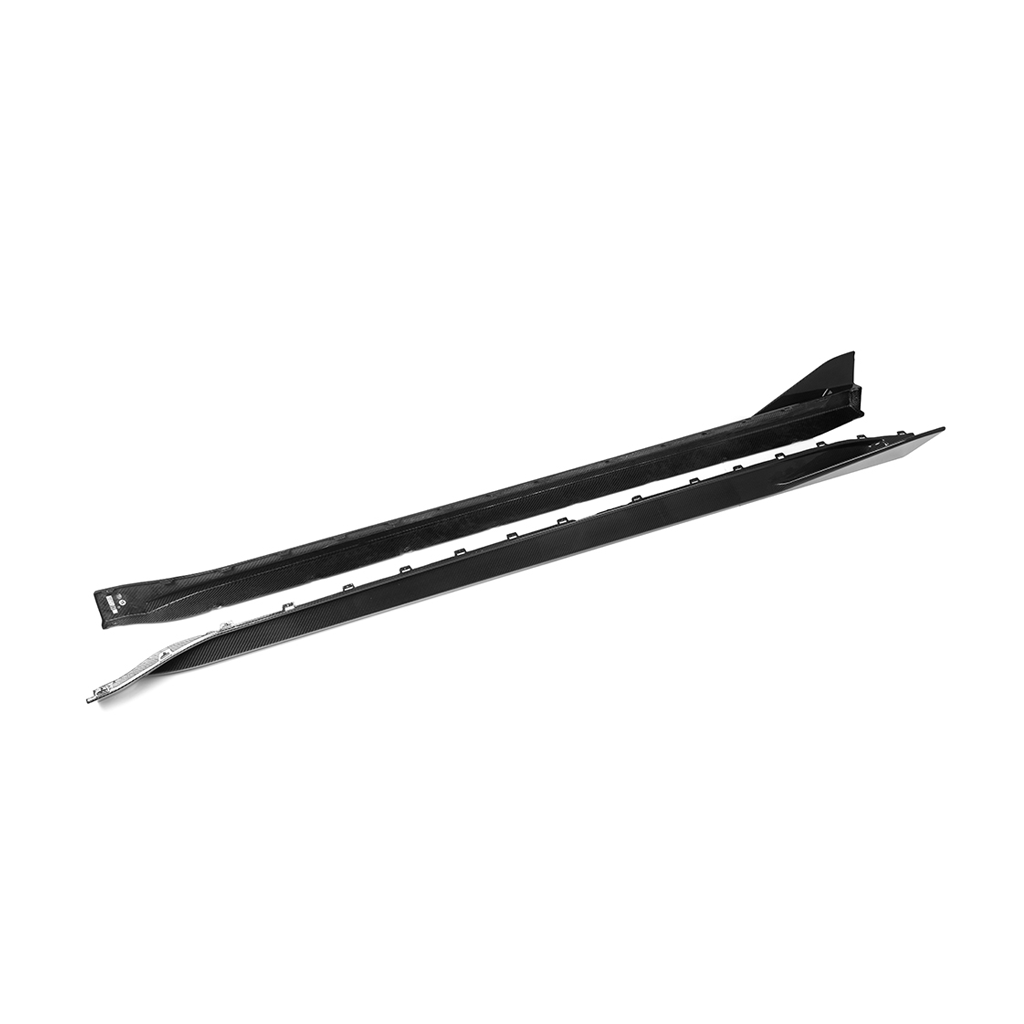
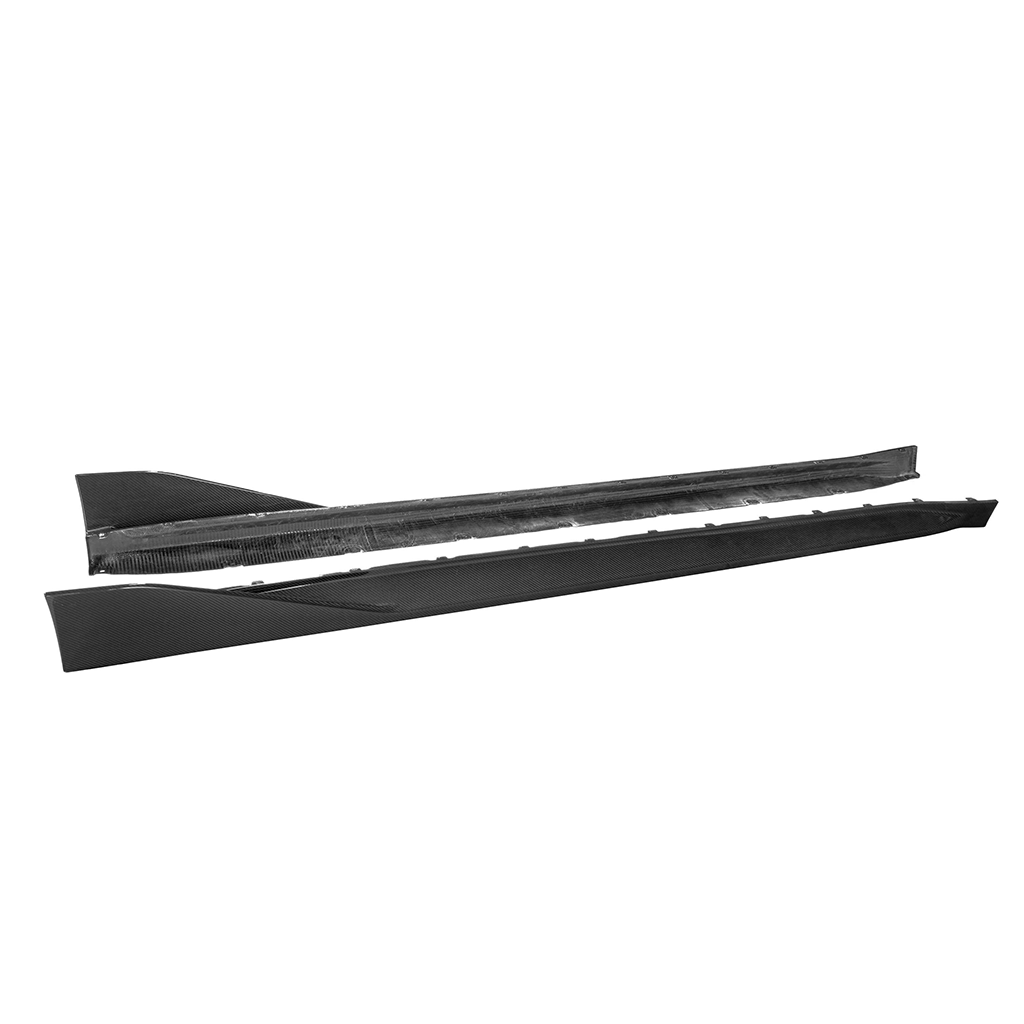
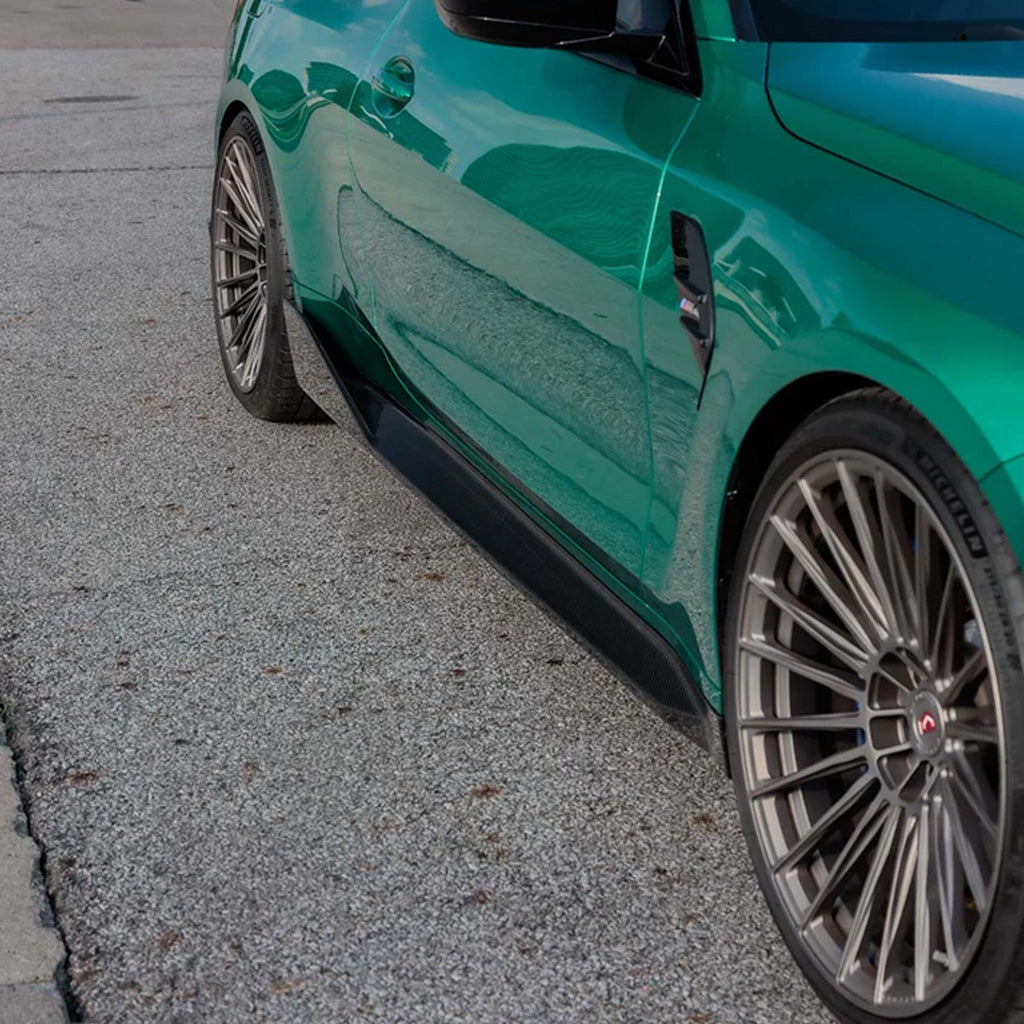



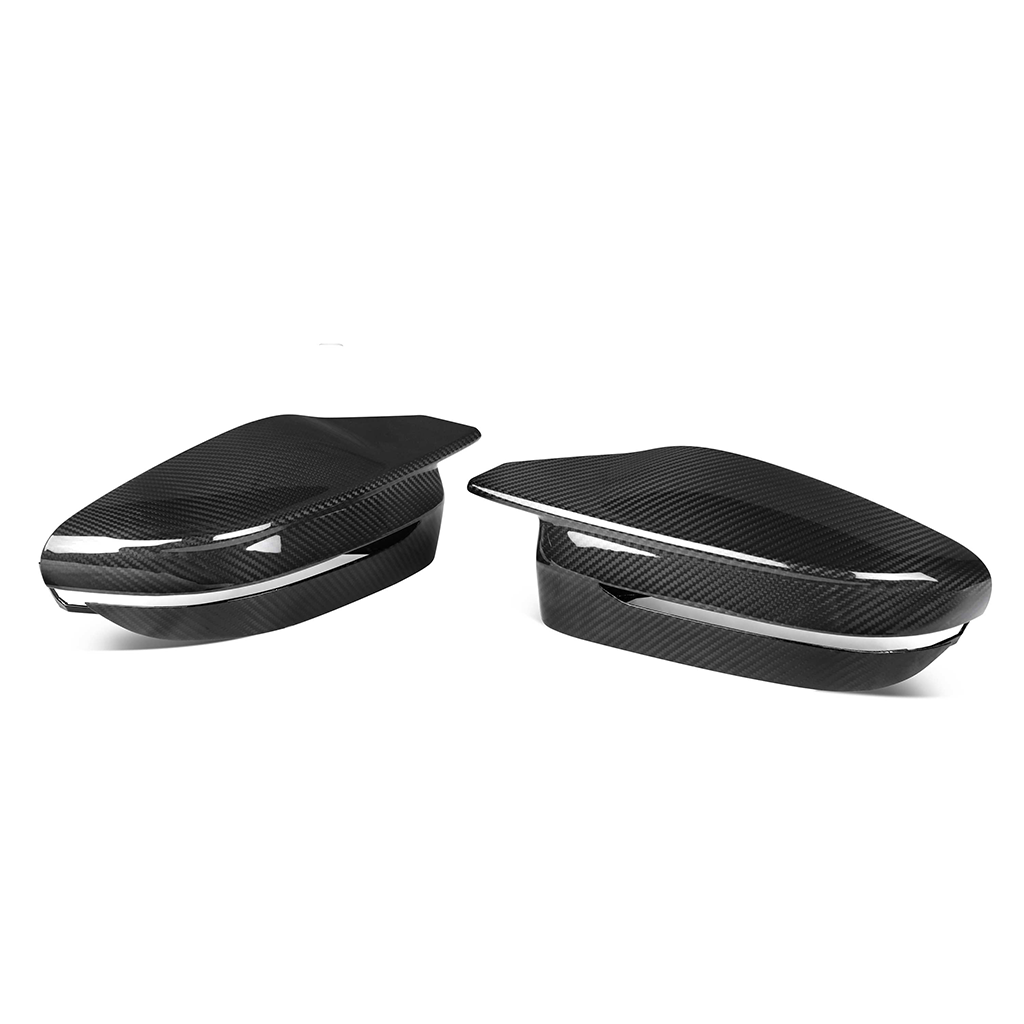
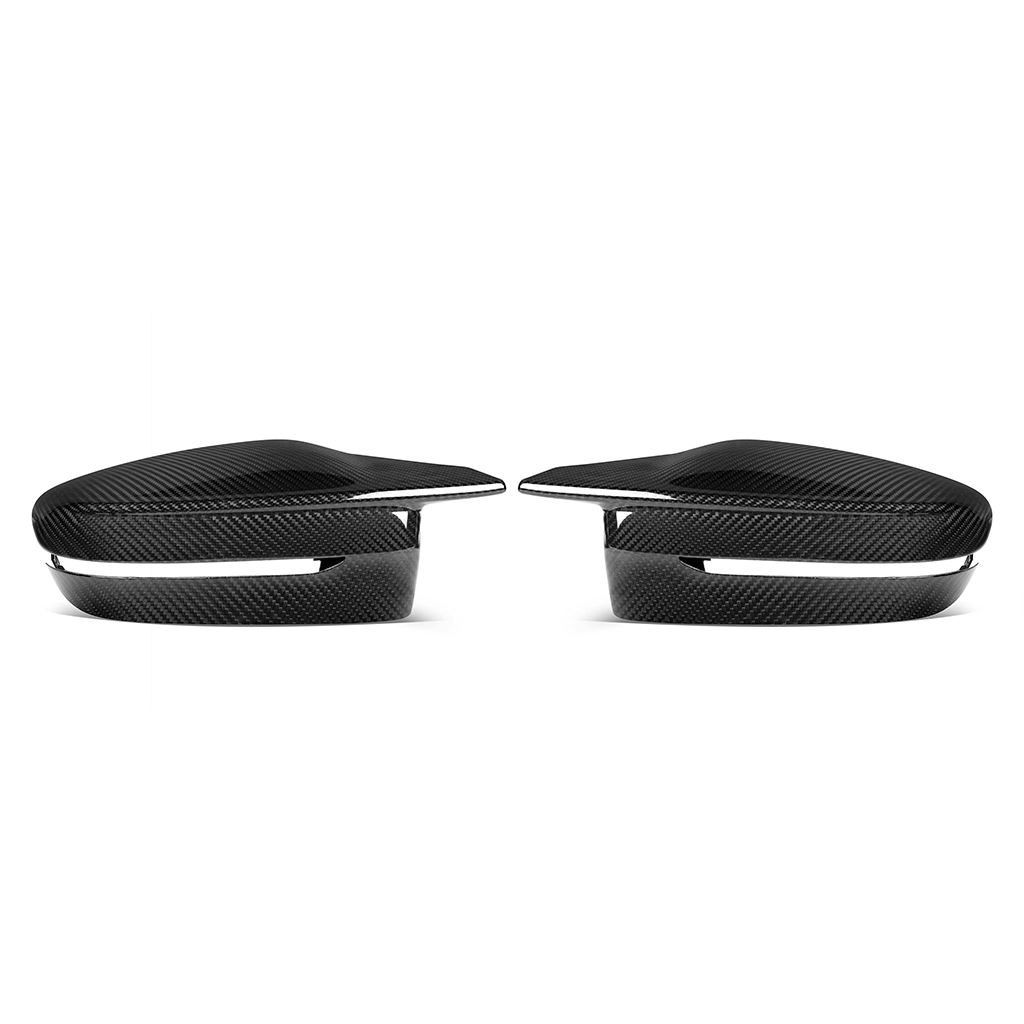
Share:
What Makes Dry Carbon Fiber Surface Finishes Unique Compared to Wet
Autoclave vs Out-of-Autoclave Curing for Carbon Fiber